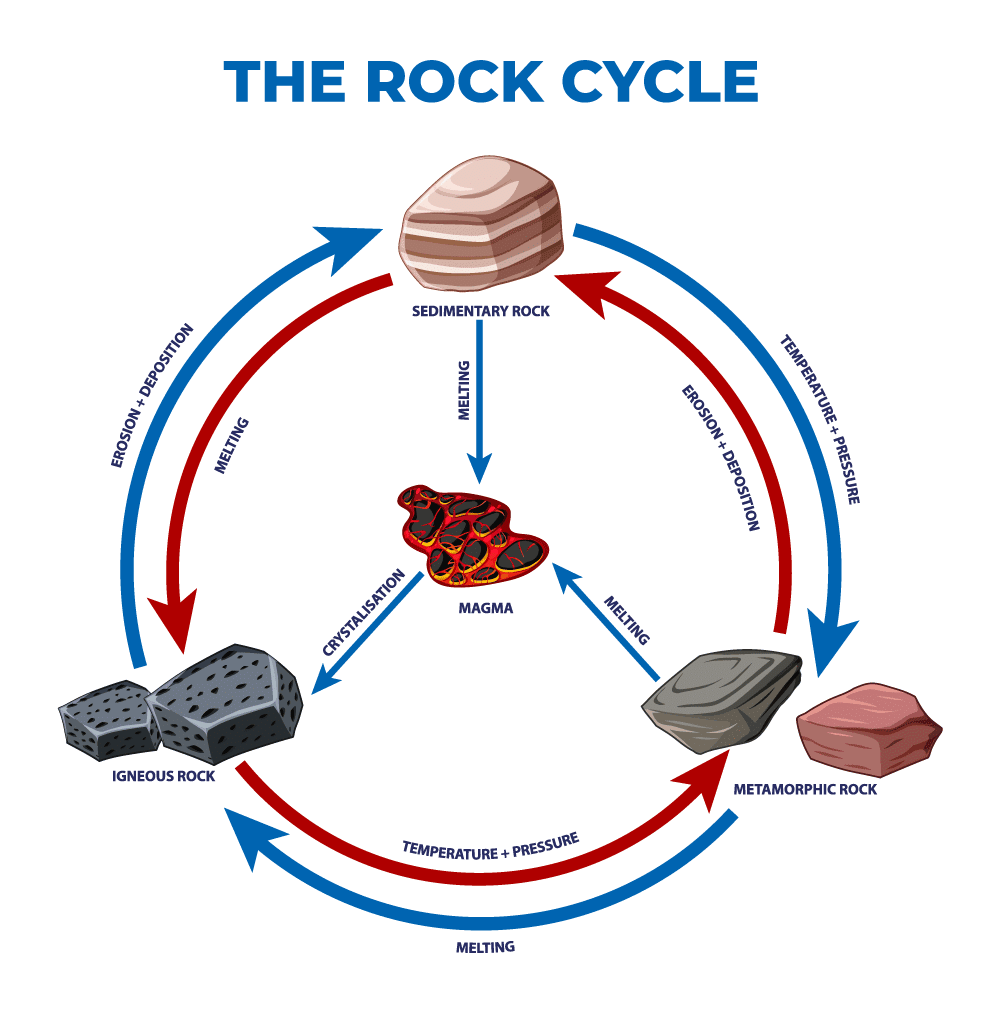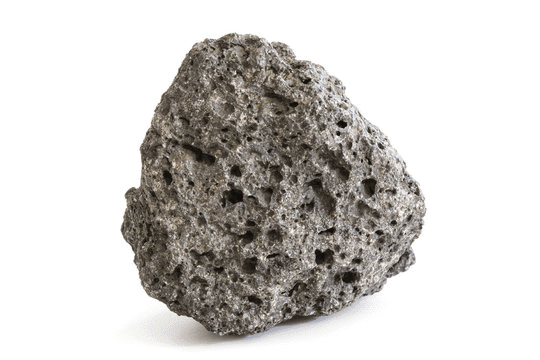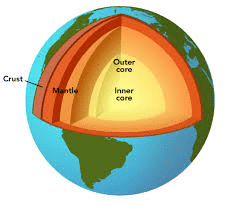Class 7 Geography Chapter 2 Practice Question Answers - Inside Our Earth
Q1. The is made up of:
(a) Clay
(b) Granite
(c) Basalt
(d) None of the above
Ans: (c)
The Deccan Plateau is primarily made up of Basalt, a type of igneous rock that forms from the cooling of lava. This is due to past volcanic activity in the region.
Q2. The depth of the deepest mine in South Africa is about:
(a) 3km
(b) 4km
(c) 5 km
(d) 6 km
Ans: (b)
The deepest mine in the world is the Mponeng Gold Mine in South Africa, which extends about 4 km into the Earth.
Q3. The innermost layer of the core is made of:
(a) Nickel and Iron
(b) Silica and Alumina
(c) Silica and magnesium
(d) a and b both
Ans: (a)
The core of the Earth is composed mainly of Nickel (Ni) and Iron (Fe), which is why it is also called the Nife layer.
Q4. What is the meaning of igneous?
(a) Air
(b) Water
(c) Lime
(d) Fire
Ans: (d)
The word "igneous" comes from the Latin word "Ignis," meaning fire. Igneous rocks form when molten magma cools and solidifies.
Q5. The radius of the earth is:
(a) 6000 km
(b) 6300 km
(c) 6371 km
(d) 6400 km
Ans: (c)
The radius of the Earth is 6,371 km. It is measured from the center of the Earth to its surface.
Q6.
(a) Intrusive igneous rocks
(b) Extrusive igneous rocks
(c) Metamorphic rocks
(d) Igneous rocks
Ans: (c)
When igneous or sedimentary rocks undergo high pressure and temperature, they transform into metamorphic rocks.
Q7. The depth of the mantle layer of the Earth is:
(a) 2900 km
(b) 3000 km
(c) 3100km
(d) 3200 km
Ans: (a)
The mantle extends from 100 km to 2,900 km below the Earth's surface. It is the thickest layer of the Earth.
Q8. In search for oil, engineers have dug a hole about:
(a) 3km
(b) 4km
(c) 5 km
(d) 6 km
Ans: (d)
The deepest borehole for oil drilling has been dug about 6 km deep into the Earth's crust.
Q9. Igneous rocks are made when:
(a) The solid magma melts and it becomes solid
(b) The cool magma becomes molten, it becomes solid
(c) The molten magma cools, it becomes solid
(d) Solid magma molten, it becomes solid
Ans: (c)
Igneous rocks are formed when molten magma cools down and solidifies.
Q10. Igneous rocks are called primary rocks because:
(а) All the other rocks are formed from the igneous rocks.
(b) These are important for human beings.
(c) These rocks produce all the ailments.
(d) None of the above.
Ans: (а)
Igneous rocks are called primary rocks because all sedimentary and metamorphic rocks are formed from igneous rocks.
Q11. Gold, Petroleum, and Coal are the examples of what?
(a) Rock
(b) Fossils
(c) Minerals
(d) Core
Ans: (c)
Gold, Petroleum, and Coal are minerals, not fossils. Fossils are remains of dead plants and animals, but gold is a metallic mineral, and coal and petroleum are fossil fuels.
Q12. What is the Radius of the earth?
(a) 2600 km
(b) 3671km
(c) 7163 km
(d) 6371 km
Ans: (d)
The radius of the Earth is 6,371 km, measured from the core to the surface.
Q13. What is the Innermost layer of the earth?
(a) Crust
(b) Mantle
(c) Core
(d) None of these
Ans: (c)
The innermost layer of the Earth is the core, which has a radius of about 3,500 km.
Q14. Which rocks are known as primary rocks?
(a) Igneous rocks
(b) Sedimentary rocks
(c) Metamorphic rocks
(d) None of these
Ans: (a)
Igneous rocks are called primary rocks because they were the first type of rocks to form on Earth.
Q15. Where is the deepest mine in the world located?
(a) South America
(b) South Africa
(c) South Australia
(d) South India
Ans: (b)
The deepest mine in the world is the Mponeng Gold Mine in South Africa, which extends 4 km deep.
Q16. What is the percentage of the volume of the earth?
(a) 1
(b) 15
(c) 89
(d) 20
Ans: (a)
The crust forms only 1% of the Earth's volume. The mantle makes up 84%, and the core is 15%.
Q17. What are the uses of rocks?
(a) Building materials
(b) As a source of metals
(c) Both a and b
(d) None of these
Ans: (c)
Rocks are used for construction (buildings, roads) and are sources of metals like iron, copper, and fossil fuels.
Q18. Why is the Earth called a dynamic planet?
(a) Continuously undergoes changes
(b) Never change
(c) Is very large in size
(d) None of these
Ans: (a)
The Earth is dynamic because it constantly undergoes internal and external changes, such as volcanic eruptions, earthquakes, and weathering.
Q19. What is a rock?
(a) Natural mass of mineral
(b) Artificial mass
(c) Both a and b
(d) None of these
Ans: (a)
A rock is a natural mass of mineral matter that makes up the earth’s crust.
Q20. What are the layers of the earth?
(a) Crust
(b) Mantle
(c) Core
(d) All of the above
Ans: (d)
Three layers of the Earth are the crust, the mantle, and the core.
|
63 videos|366 docs|46 tests
|
FAQs on Class 7 Geography Chapter 2 Practice Question Answers - Inside Our Earth
| 1. What are the different layers of the Earth? |  |
| 2. How do scientists study the interior of the Earth? |  |
| 3. What is the significance of the Earth's mantle? |  |
| 4. What are tectonic plates, and how do they affect the Earth? |  |
| 5. What is the difference between the inner core and the outer core? |  |




















